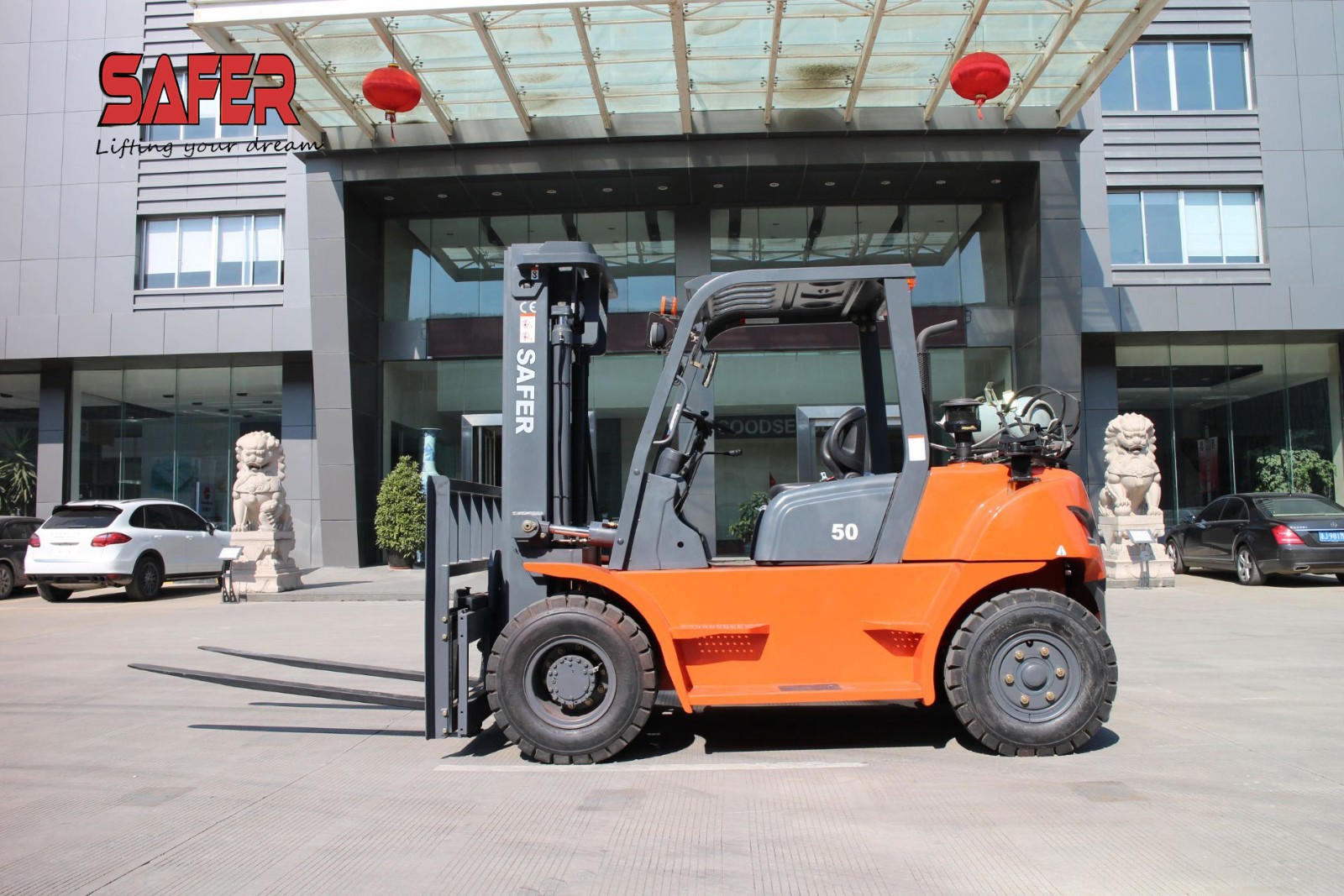Piston ring breakage is one of the common forms of damage to piston rings. Generally, the first and second-pass piston rings are easily broken, and the fractured parts are mostly near the lap. The piston ring can be broken into several segments, or it can be shattered or even missing. Breaking the piston ring will increase the wear of the cylinder. The broken ring of the two-stroke diesel engine may be blown into the exhaust pipe or the scavenging air box, or even blown into the turbine end of the turbocharger to damage the turbine blades, causing serious accidents.
Then let’s talk about the nine reasons why the piston ring is broken.
Common causes of piston ring break
In addition to material defects, low processing quality and other reasons, mainly due to poor maintenance and poor quality and poor assembly quality.
The gap is too small
When the gap of the lap is smaller than the assembly gap, the heating temperature of the piston ring increases during operation, so that there is no sufficient room for the metal expansion at the lap, and the ends of the lap are bent to the top and are broken near the lap.
Ring groove carbon
Poor combustion, excessive heating of the cylinder wall, oxidation or burning of the lubricating oil will cause serious carbon accumulation in the cylinder. When the carbon deposit is severe, the ring activity is blocked, the ring and the cylinder wall act strongly, the scraped oil and the metal scrap mix, and a local hard deposit is formed on the lower end surface of the ring groove under the action of the leaking gas. There is a localized hard carbon deposit under the piston ring, which is subjected to cyclic gas pressure to cause the piston ring to bend and fatigue.
Cylinder liner grinding table
The long-term relative movement of the piston assembly and the cylinder liner causes the cylinder liner to wear and the grinding table appears in the upper portion of the cylinder liner. When the piston is ascended to the top dead center, the first piston ring collides with the grinding table and is broken by the impact.
Excessive wear of the ring groove
The lower end surface of the ring groove is inclined after being excessively worn (trumpet shape). When the piston is near the top dead center, the gas pressure acts to make the ring close to the lower end surface of the inclined ring groove, the piston ring is twisted and deformed, and the piston ring groove is excessively worn and fatigue is broken.
Piston ring hanging on the mouth
Two-stroke diesel engines often have piston rings that hang on the sweep and exhaust ports to break the ring. Because the tension of the opening part of the piston ring is the largest, the heat deformation is large, and the rib between the air ports on the cylinder sleeve is easily deformed by heat. When the piston moves, the ring meets the air port, and as long as the ring opening slightly catches the air port, the ring will be broken.
Piston ring radial expansion and contraction fatigue
When the piston ring is insufficiently elastic or the cylinder liner is excessively worn, the piston ring and the cylinder wall cannot be closely attached, that is, the airtightness cannot be maintained, so that the high pressure gas leaks and the ring is pressed into the ring groove. When the piston descends, the gas pressure in the cylinder decreases, and the piston ring pops out from the ring groove, and the piston ring continuously expands and contracts in a radial direction to cause fatigue to break.
Excessive wear of the piston ring makes the strength of the ring not meet the requirements and the ring is broken.
The current piston ring materials are mostly brittle materials such as gray cast iron, alloy cast iron, ductile cast iron, etc., and the internal structure may have pores, cracks or segregation of components during the casting process, causing local strength to decrease or stress concentration at the cracks, causing impact during work. Fracture or fatigue fracture.
Severe wear of the liner
In the upper and lower dead center positions, the stepped wear causes the shoulder, and when the big end of the connecting rod is worn out or the original end of the connecting rod is repaired, the position of the original dead point changes, and the impact ring is caused by the inertial force. .
Oil and fuel coordination
From the nature of the fuel, some fuels contain higher sulfur, so there are more SO2 and SO3 produced when the fuel is burned. While SO2 and SO3 are in a gaseous state at high temperatures, direct action with metals can cause gas corrosion. It also promotes the hardening of carbon deposits and colloidal deposits, which increases the wear of cylinder liners and piston rings. If the main engine does not use the cylinder oil matched with the fuel or the oil instead of the cylinder oil during operation, the acidity generated by the neutralization and combustion of the lubricating oil is reduced, causing the corrosion of the piston and the piston ring by the acidic substance to be more serious, resulting in frequent occurrence. Piston ring fracture phenomenon.
Pre:Tips for reducing the cost of forklifts easily and easily
Next:Forklift scale tips


